Nikon Z 35mm f/1.4 review: a modest modern-day classic
Nikon Z 35mm f/1.4: two-minute review
Fixed 35mm lenses, especially those with a fast aperture, are incredibly popular with visual storytellers. They're able to shoot clean images in high contrast and low light, provide decent close-focusing skills, and offer a moderately wide perspective that allows you to include your subject's surroundings as part of the story. These are true documentary lenses.
In fact, when I lived in East Africa working for a non-profit as a photographer and writer, there was an 18-month period during which about 90% of the photos I took were with the excellent Sigma 35mm f/1.4 Art lens for DSLR cameras, a lens I still use today with my Nikon Z6 II mirrorless camera through the F-mount to Z-mount adapter.
So I was really excited when Nikon finally announced a Z-mount 35mm lens, a lens that I expect to be one of the best-selling lenses for Nikon mirrorless cameras. Sadly, however, that doesn't mean the Z 35mm f/1.4 is one of Nikon's best lenses.
Type: Prime
Sensor: Full-frame
Focal length: 35mm
Max aperture: f/1.4
Minimum focus: 0.89ft / 0.27m
Filter size: 62mm
Dimensions: 3 x 3.5in / 74.5 x 88.5mm
Weight: 14.7oz / 415g
Sure, image quality is sharp across the entire image area, while autofocus is fast, quiet and reliable. However, I'm not seeing the sort of optical progress I'm used to when a manufacturer produces an mirrorless version of a DSLR lens.
We're getting the same sort of lens distortions as before, and I even prefer the bokeh in my stalwart Sigma 35mm f/1.4 Art lens, which is smoother compared to the Z 35mm f/1.4's fussy bokeh.
Still, Nikon's moderately wide fast-aperture prime does a lot of things well. It focuses much faster than my DSLR lens adapted to the Z6 II, and it's an entirely different offering to Canon's recent RF 35mm F1.4 which is bigger and much pricier.
Canon has opted for the pro route with its 35mm fast aperture lens, while Nikon has opted for the more attainable and affordable enthusiast route: this is not one of Nikon's pro 'S' lenses, meaning official weather sealing is off the table.
Balance-wise, the Z 35mm f/1.4 is a perfect match with the new Nikon Z6 III, Nikon Z8, or even Nikon's entry-level full-frame camera, the Z5, and it's an all-round lens that I could see getting a heck of a lot of use if it lived in my gear bag; I just wish its build quality and bokeh characteristics were a little better.
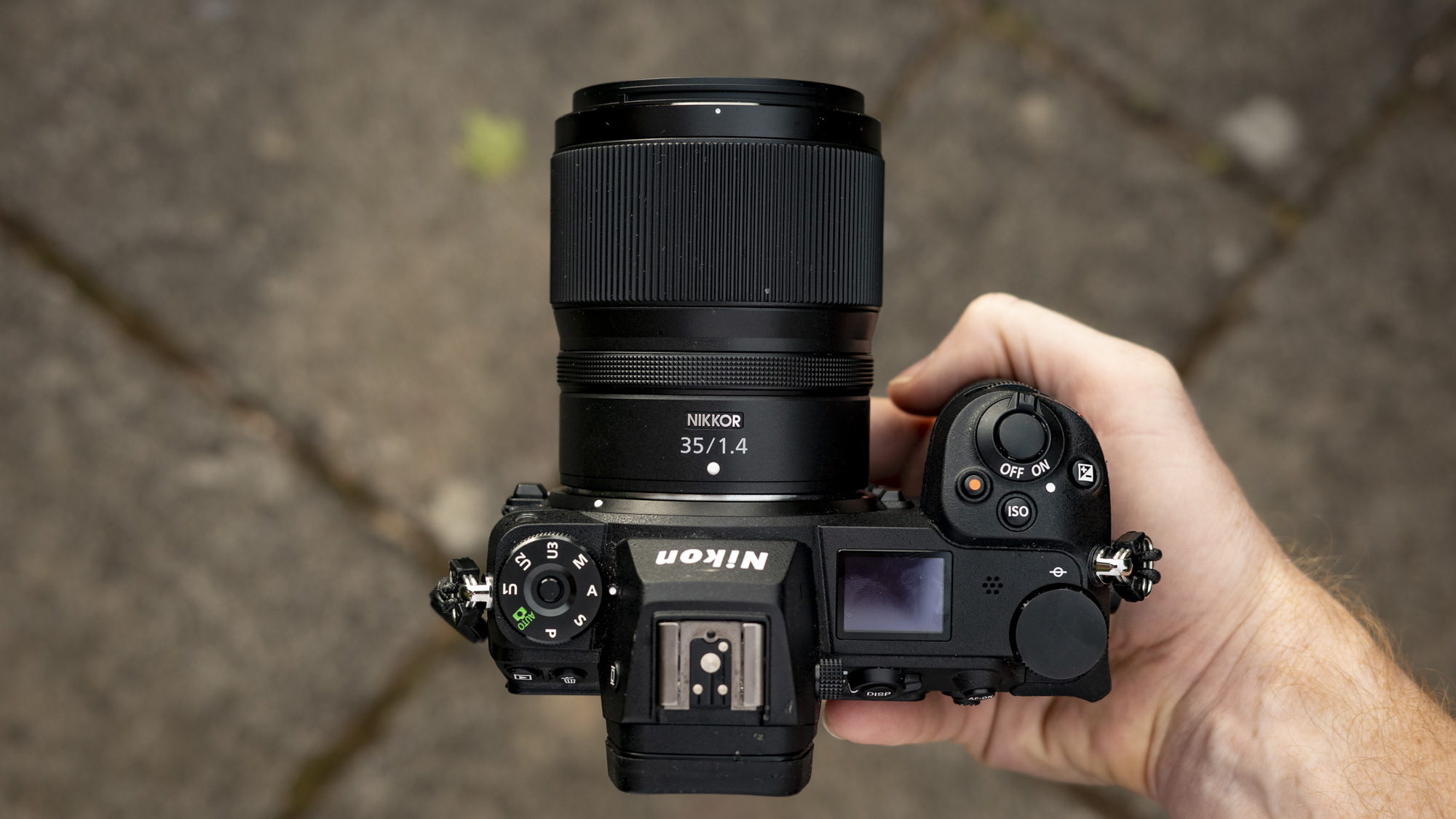
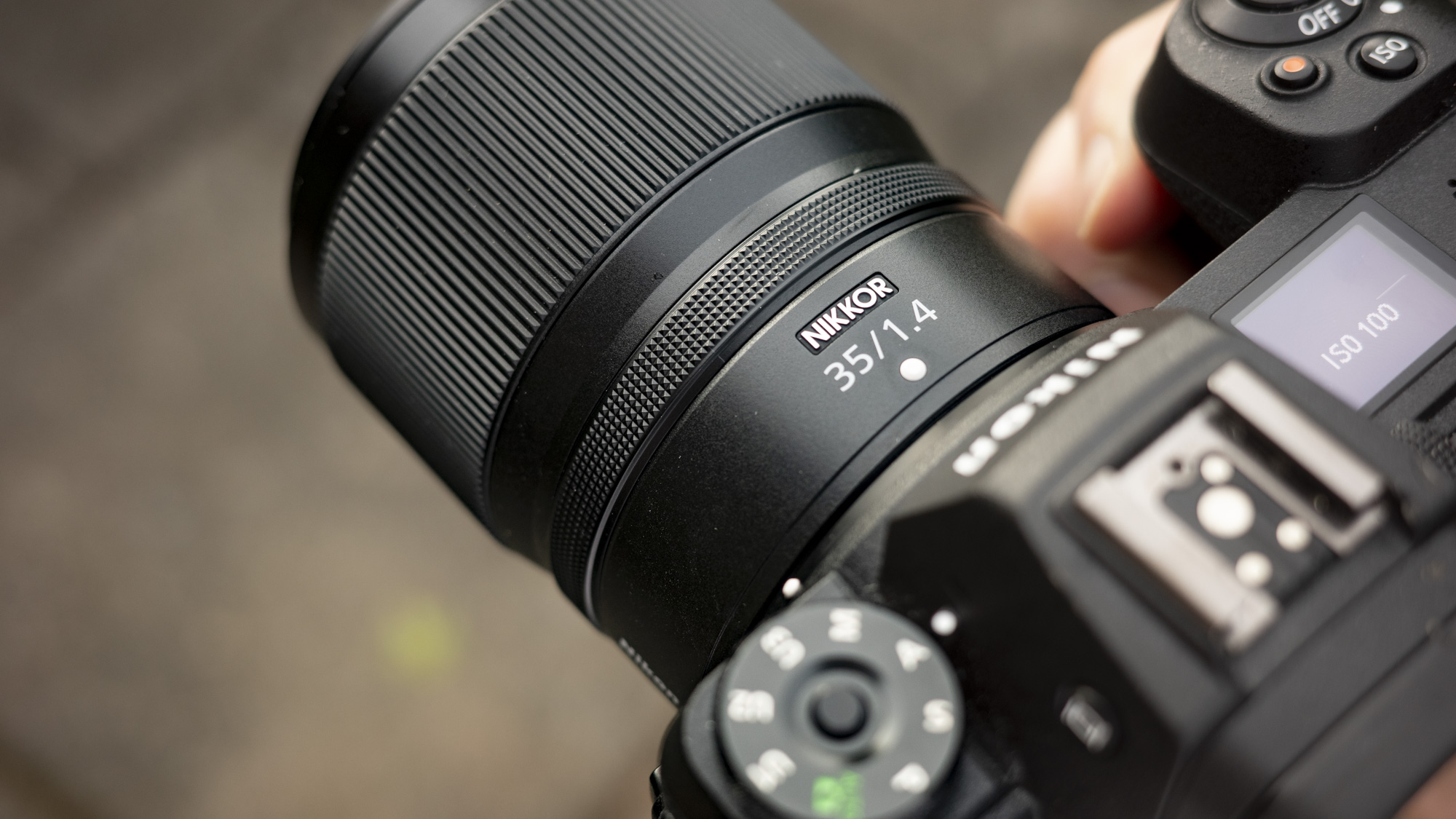
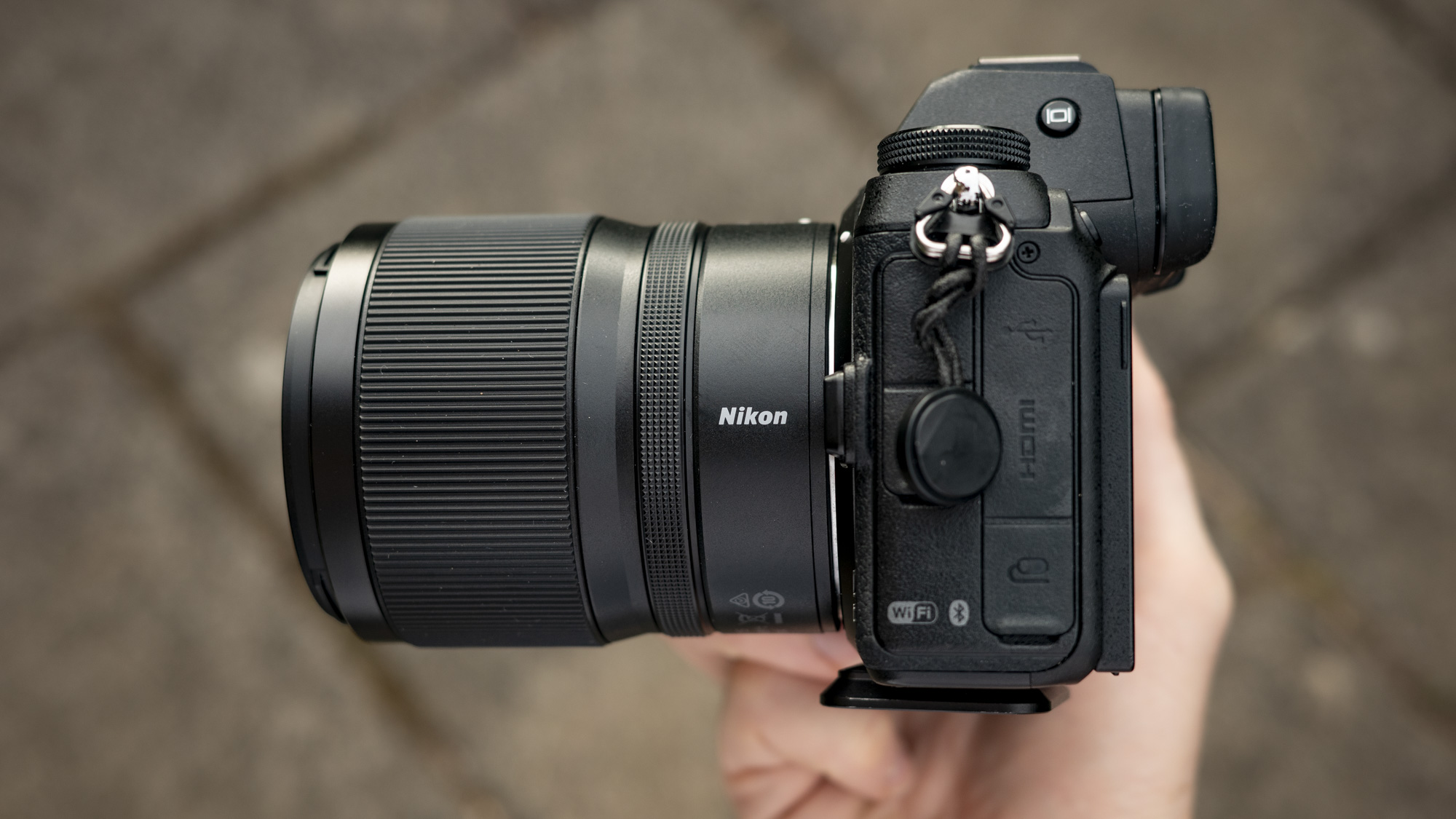
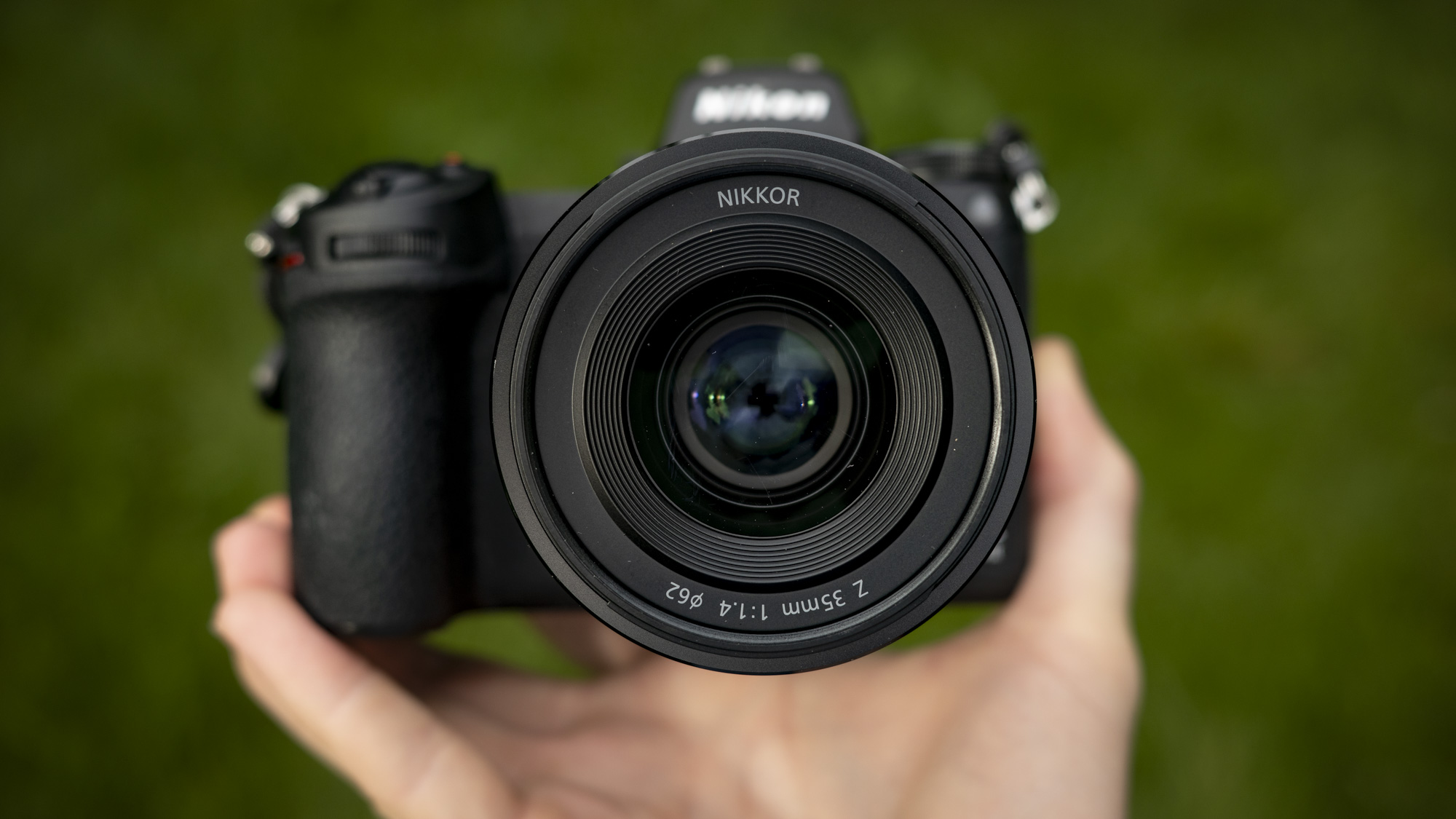
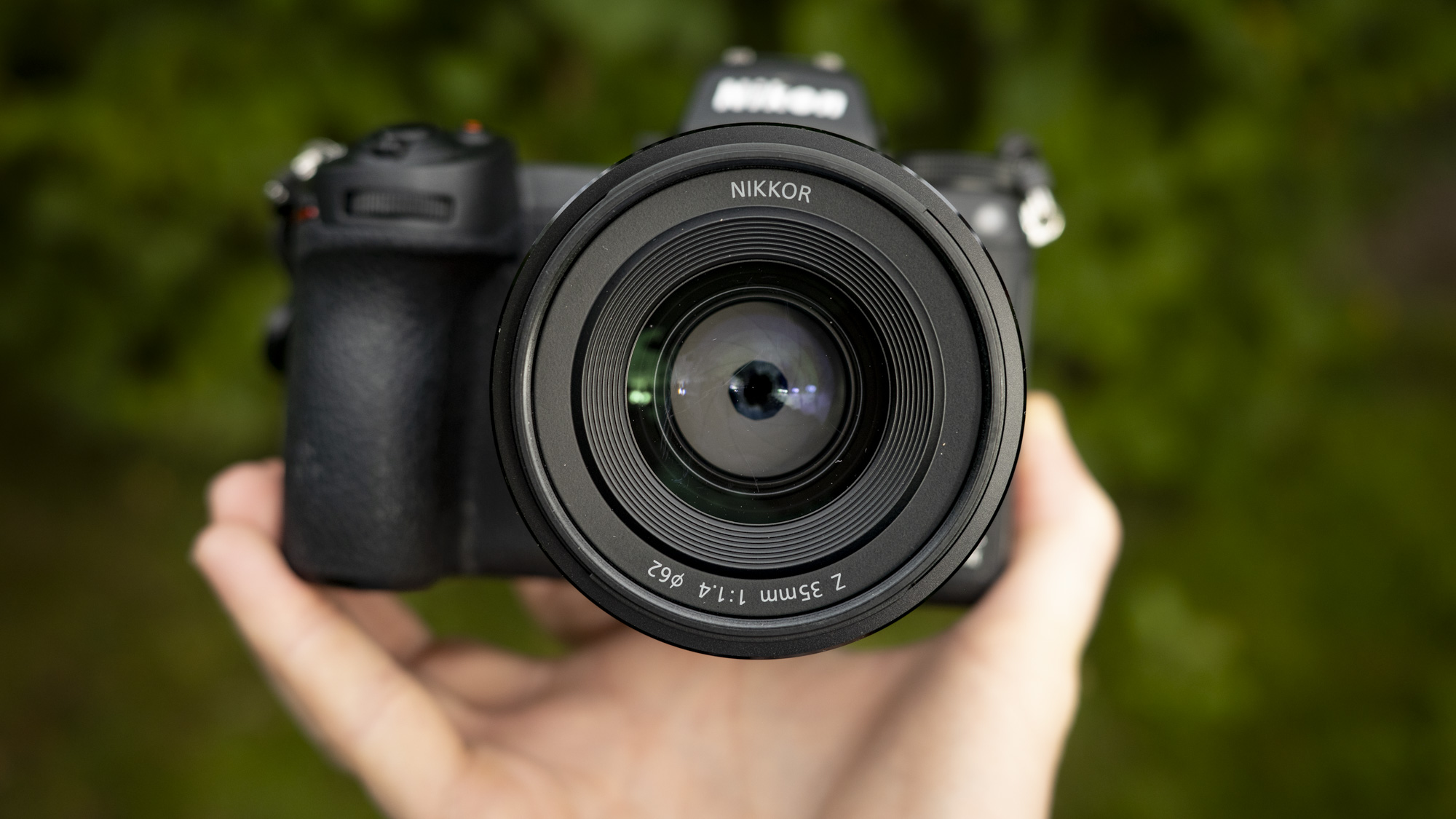
Nikon Z 35mm f/1.4: Design
- Simple and compact design
- Handy customizable control ring
- Not officially weather sealed
- Minimum focus distance delivers decent close-focusing capabilities
There's not too much to run through with regards to the Nikon Z 35mm f/1.4's design because it's such a simple lens. The only exterior controls are a focus ring and a neat customizable control ring. What I like the most about the latter is that you can set it to be a click-less aperture ring, which is particularly handy for filmmaking.
Otherwise, we don't even get a manual / autofocus switch. That's a shame for people like me who regularly switch between the two focusing methods, who must instead dig through an in-camera menus to make the change – an unnecessary time sink.
What I do like is the form factor of the lens. It's impressively compact and lightweight at just 14.7oz / 415g, and an ideal pairing for extended periods out in the field with Nikon's mid-range mirrorless models like the Z6 II.
The size, if not the weight, is very similar to the heavier Sigma 35mm f/1.4 lens, although for DSLR lenses you also need Nikon's DSLR to mirrorless adaptor – you can see how the lenses compare in the product photos below.
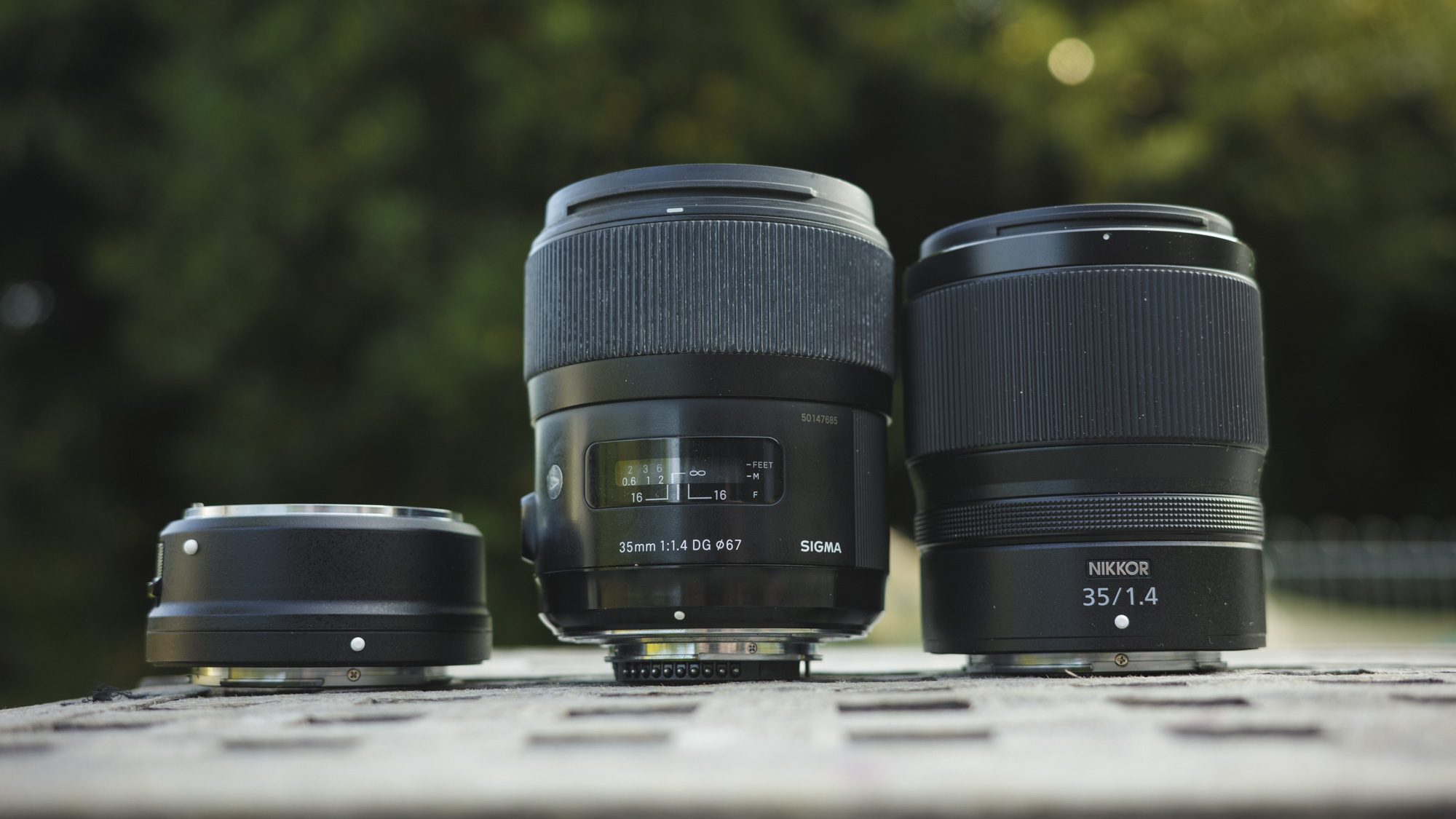
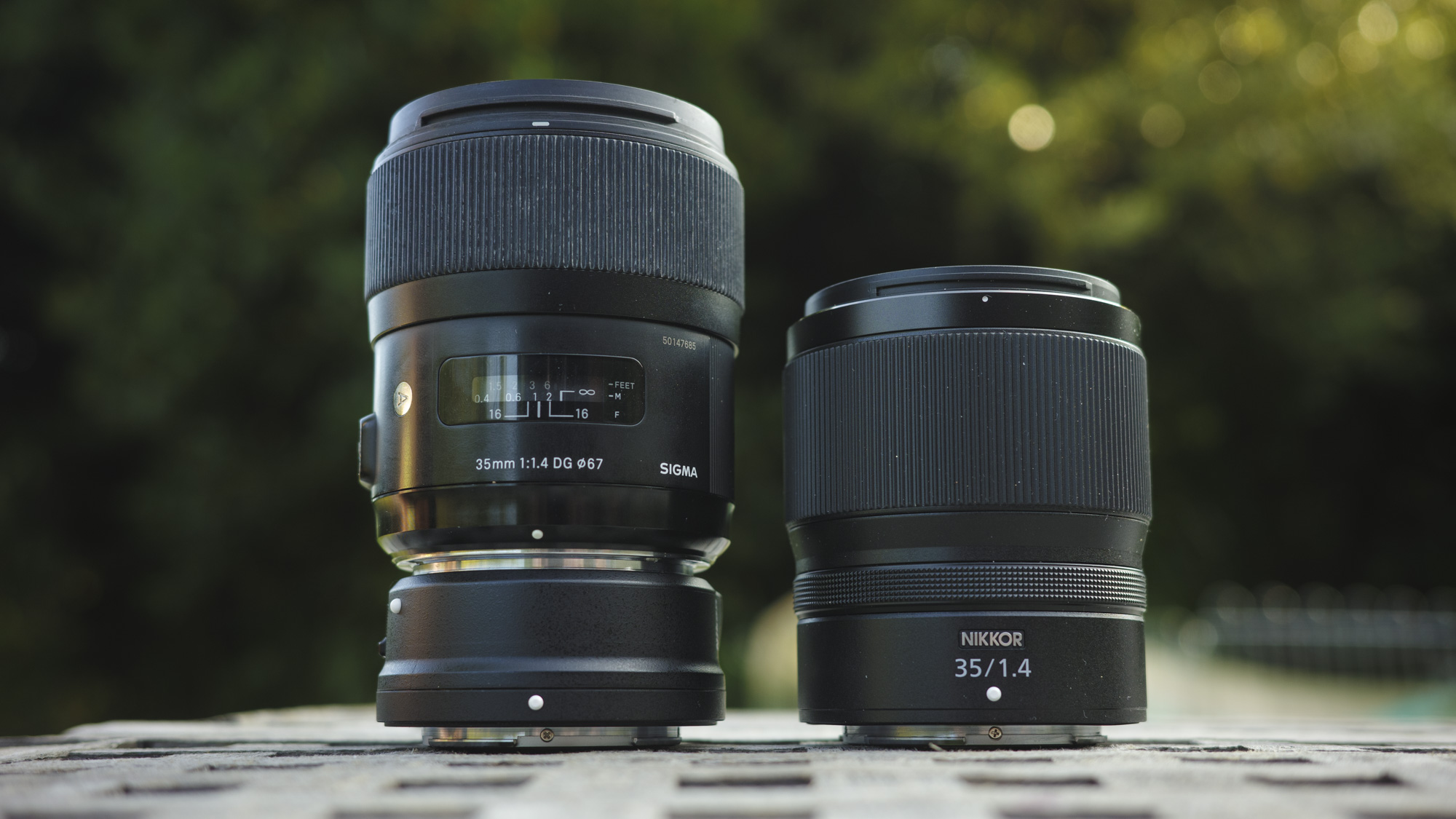
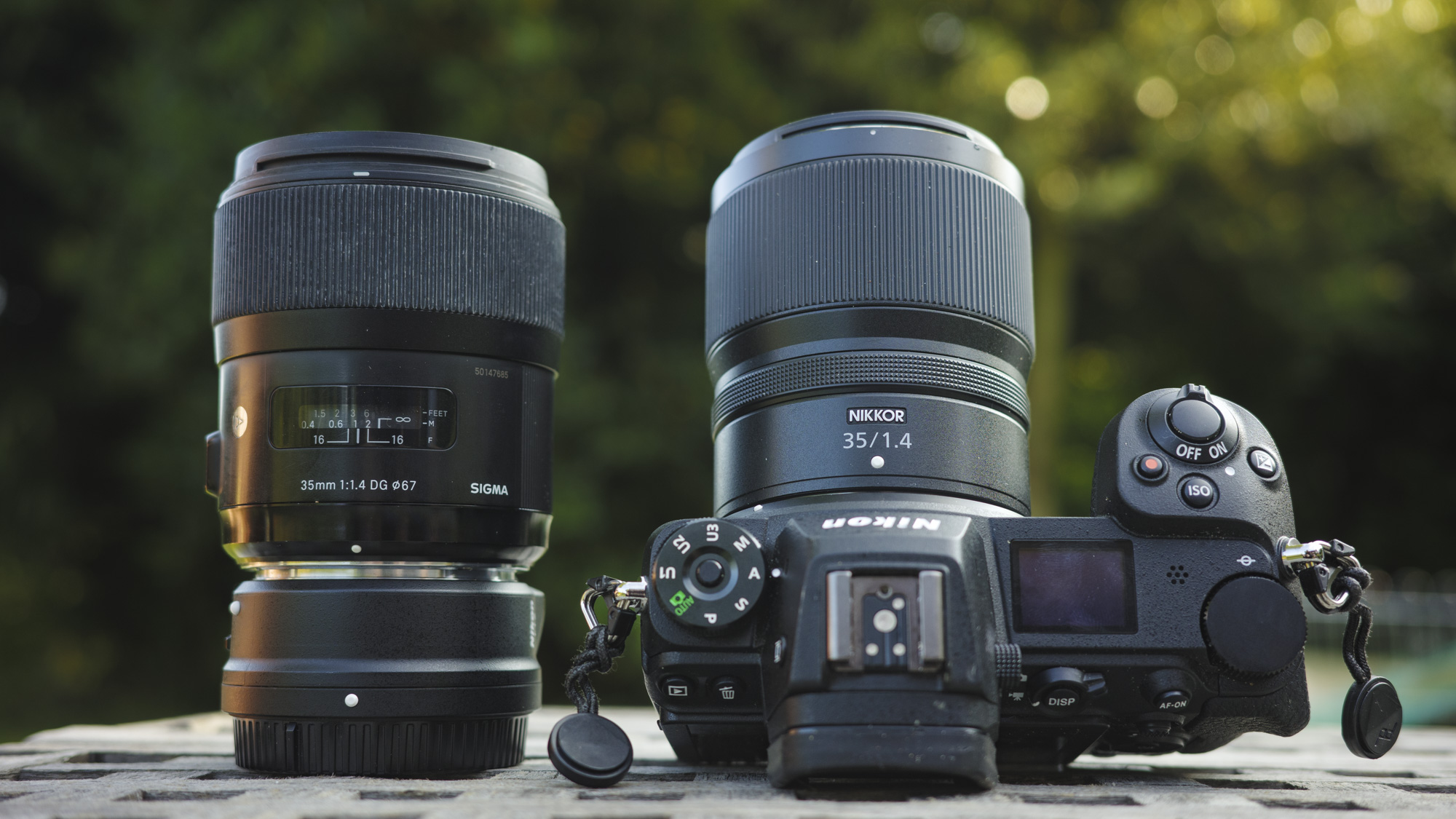
Sadly, the Z 35mm f/1.4 isn't officially weather sealed, which is probably a deal-breaker for pros working in demanding conditions. I felt the build quality was fine during testing, and had no qualms exposing the lens to light rain, but I'd think twice about packing it in the bag for a couple of weeks in the desert. At one point I found myself taking my super soaker-touting child to task when she got me, and the lens, wet in the garden – I'm otherwise a good sport.
These moderate-wide-angle lenses historically focus impressively closely, meaning you can capture the finer details as well as your subject and their surroundings; after all, there are stories to be found in the micro and macro. We get a minimum focus distance of 0.89ft / 0.27m, which delivers a maximum magnification ratio of 0.18x. For reference, a 'true-macro' lens has a magnification ratio of 1x or more.
What impressed me most about the design of the Z 35mm f/1.4, when compared to my 10-year-old Sigma equivalent, is the speed and accuracy of its autofocus performance.
Where the Sigma lens through an adaptor was hunting, the new Nikon lens quickly and quietly latched onto my subject. Where the Sigma had front-focusing issues, even with the Z6 II's eye-detection autofocus in play, the Nikon Z 35mm was getting focus bang on the eye every time.
It's the direct compatibility with a Nikon mirrorless camera and the autofocus performance that would most tempt me to trade in my old Sigma DSLR lens, and one of the key reasons I'm so glad that I upgraded from DSLR to mirrorless years ago.
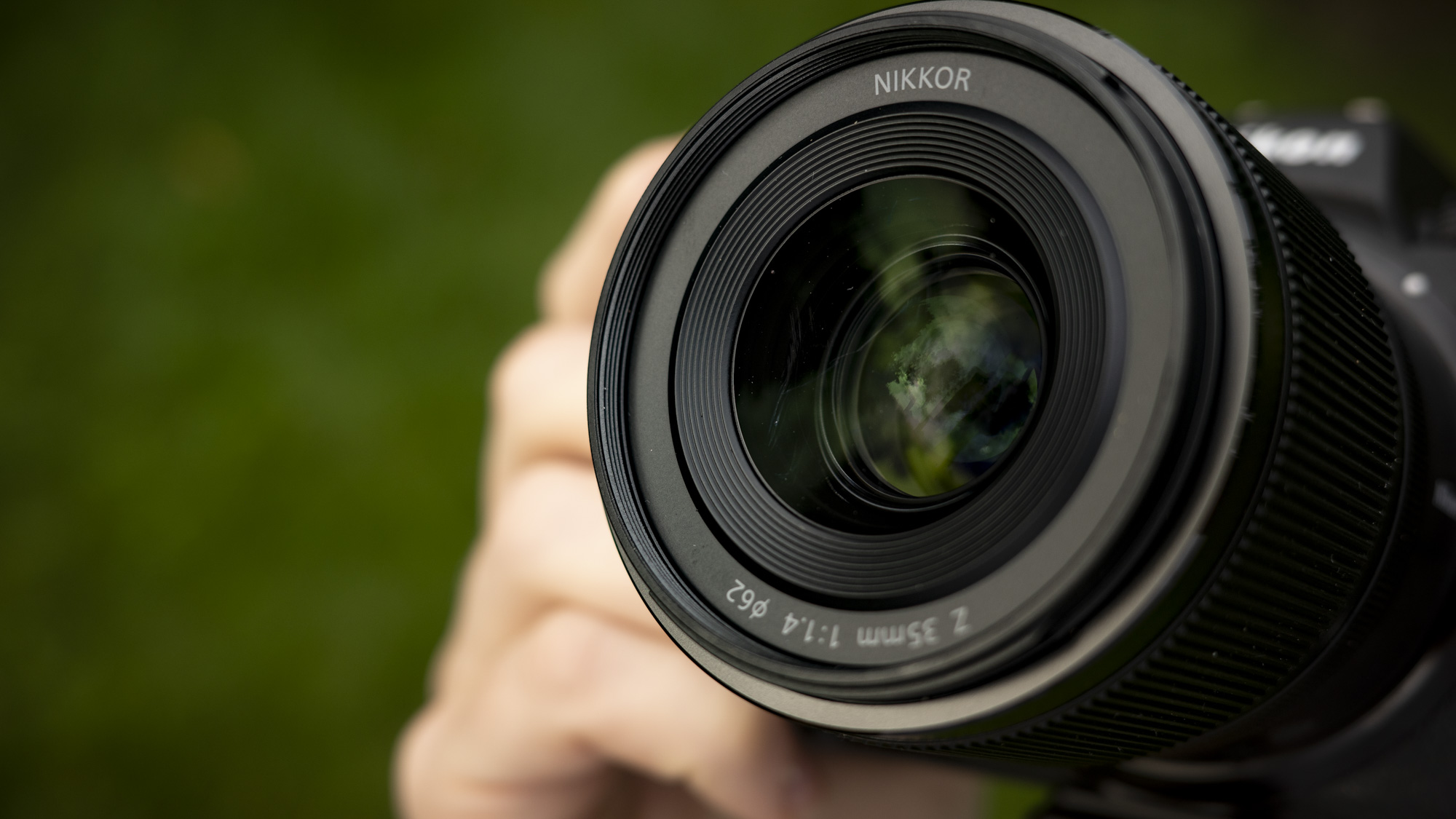
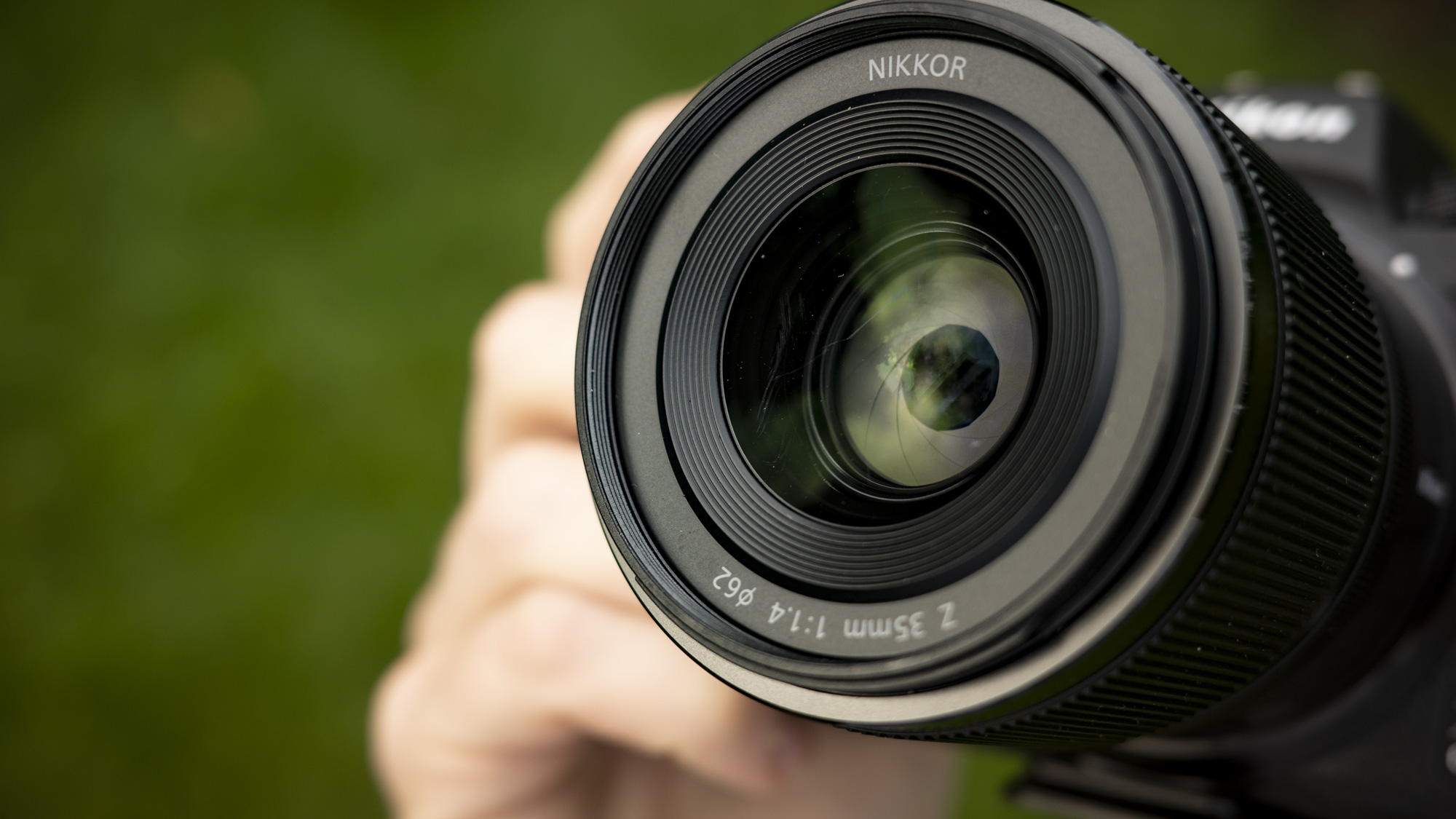
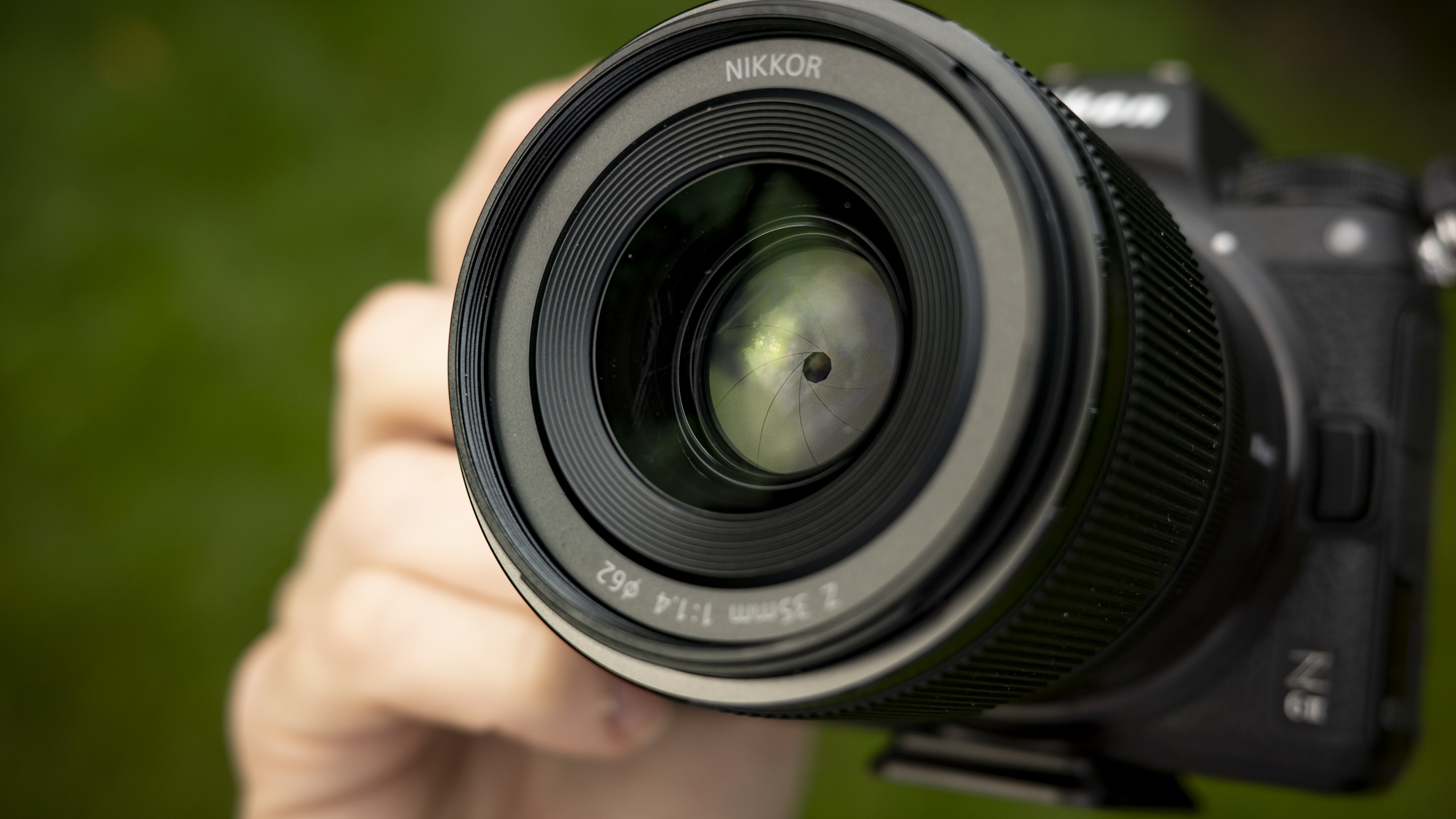
Nikon Z 35mm f/1.4: Performance
- Optically sharp edge-to-edge
- Wide aperture is handy for shooting in low light and for shallow depth of field
- Bokeh could be better
I'll start this performance section by re-emphasizing that autofocus speed and reliability are excellent, delivering accurate focusing on the eyes in portraits. The same couldn't be said in my tests when using an adapted Sigma lens for DSLRs; and I'll take accurate focusing over outright optical quality.
That said, the optical quality from the Z 35mm f/1.4 is very good. Looking closely at an image of pebbles at f/5.6, I can see that detail is very sharp across the entire frame – there's virtually no drop-off in the corners, which is impressive.
There's the usual vignetting that I would expect from a wide-aperture lens like this. Light fall-off in the corners is very evident at f/1.4, those corners brighten up a lot at f/2, and somewhere between f/4 and f/5.6 vignetting is all but gone. Check out the series of sample images below, taken at full aperture stops.
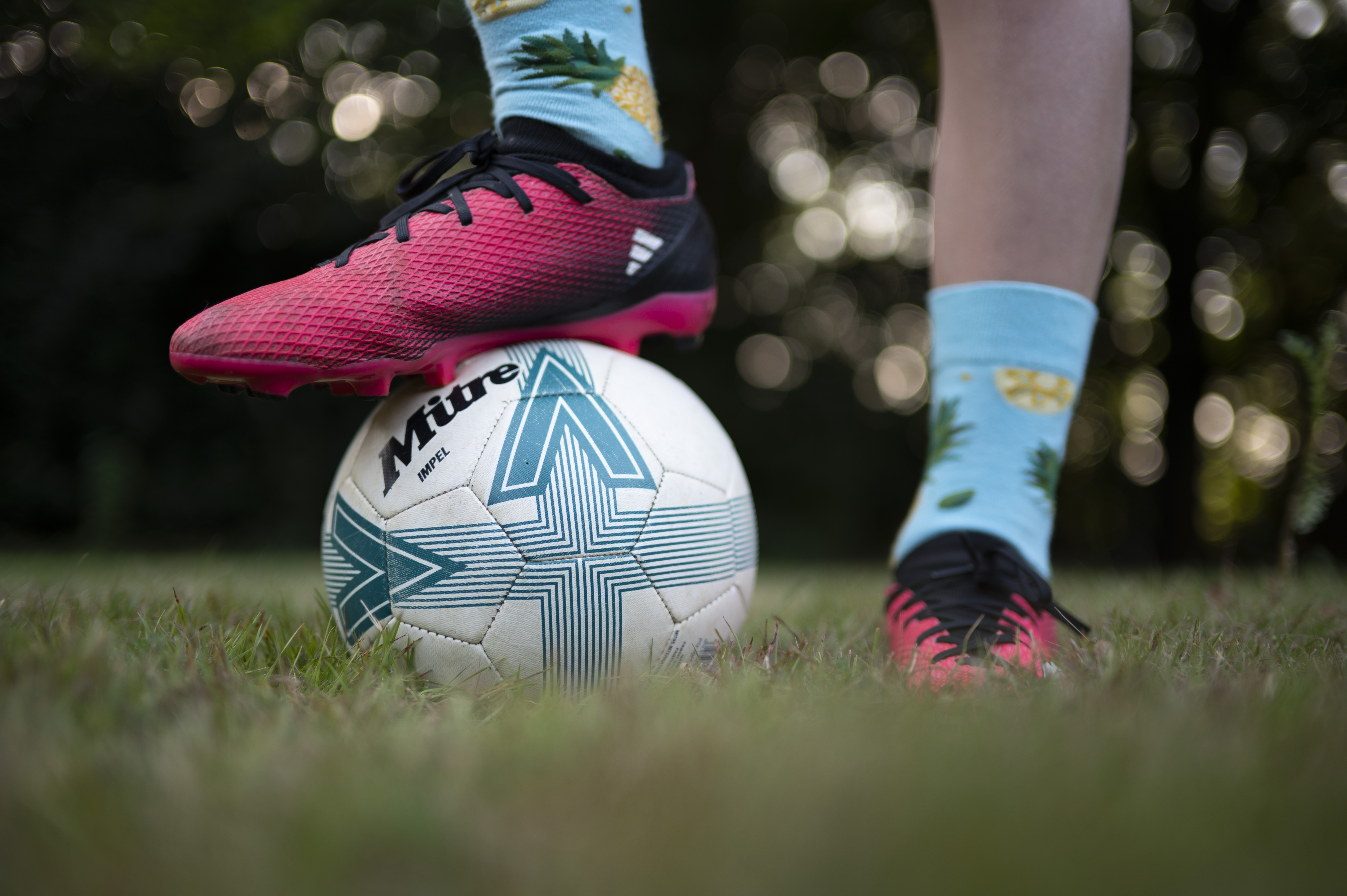
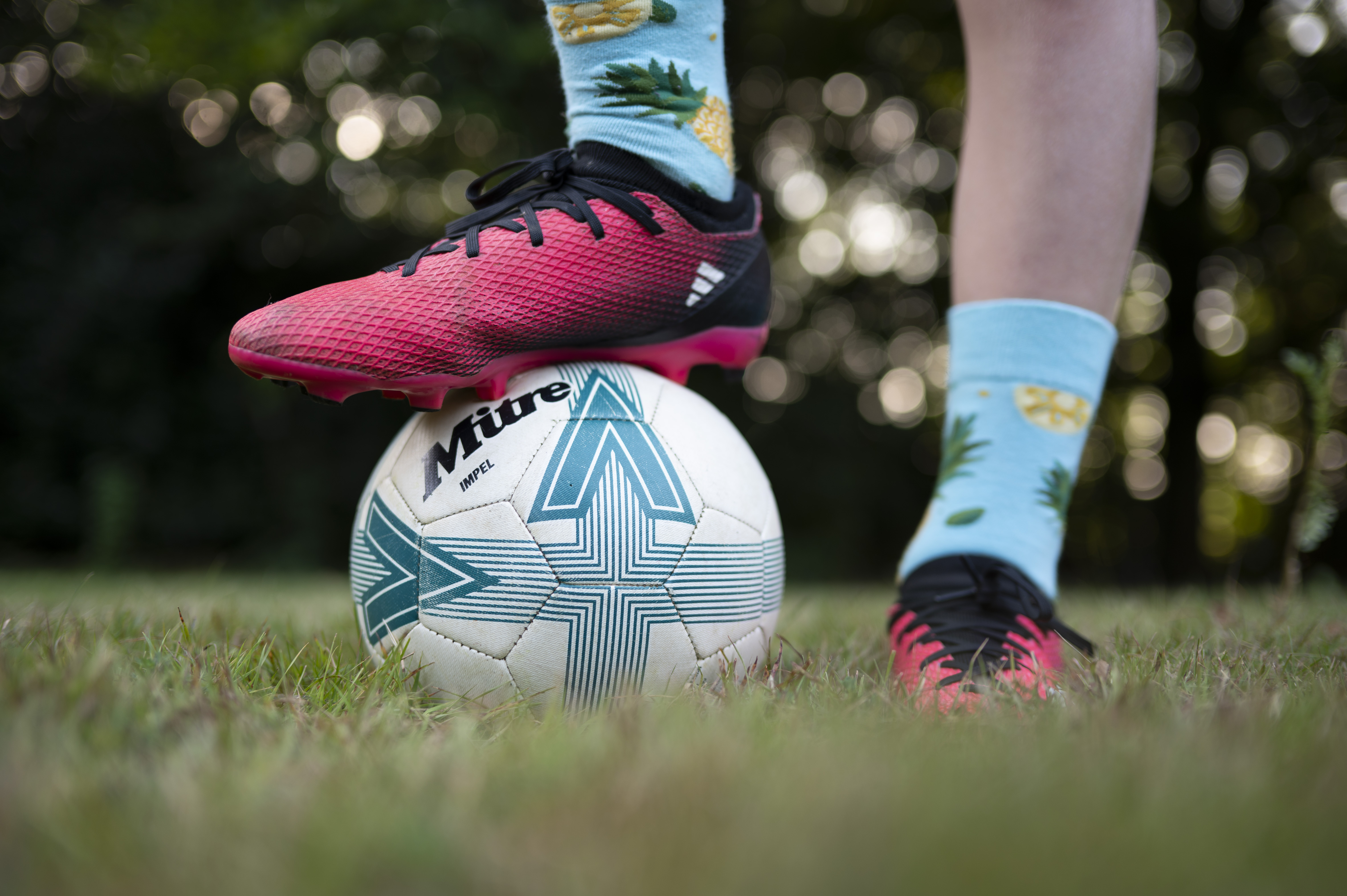
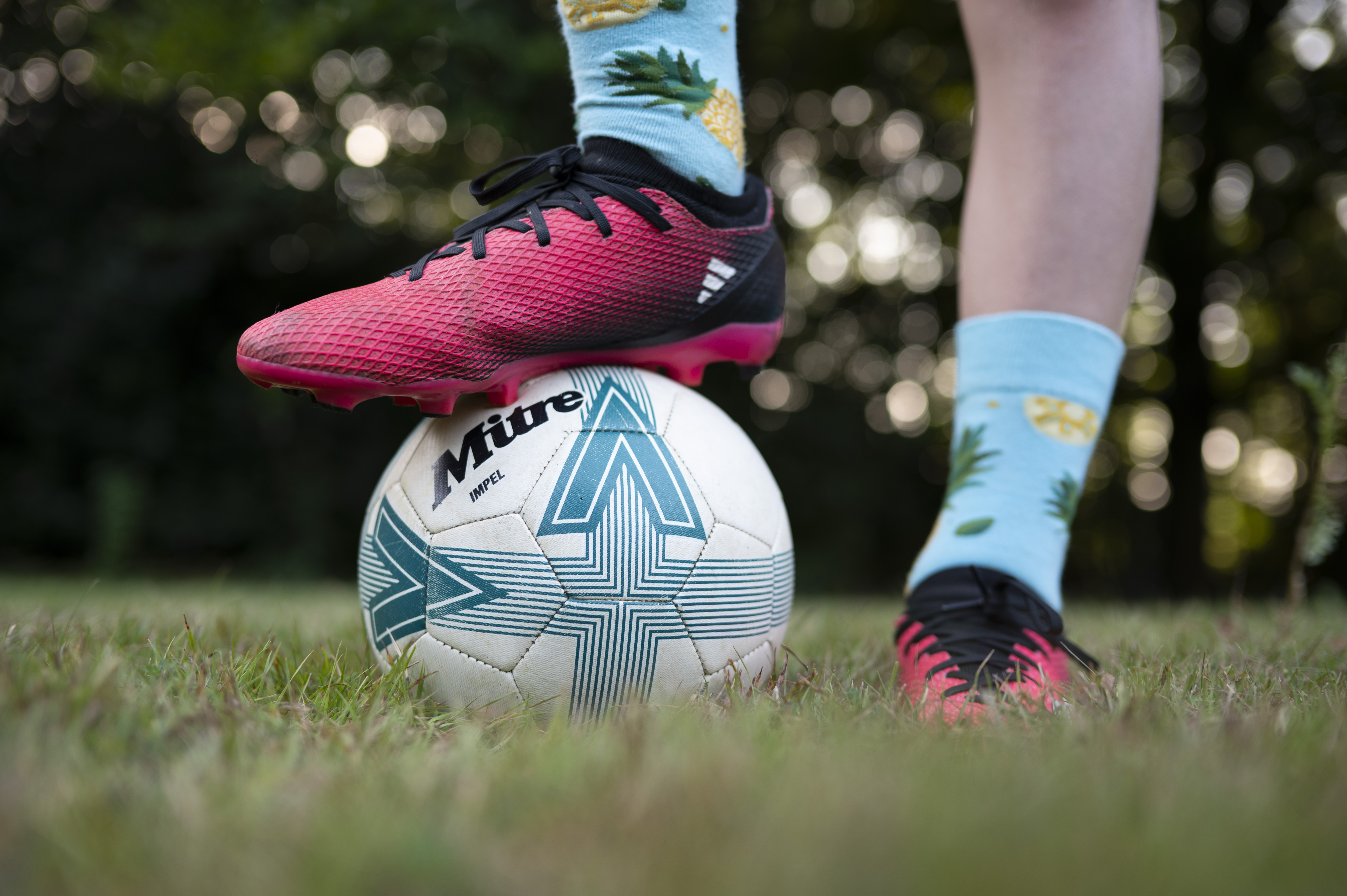
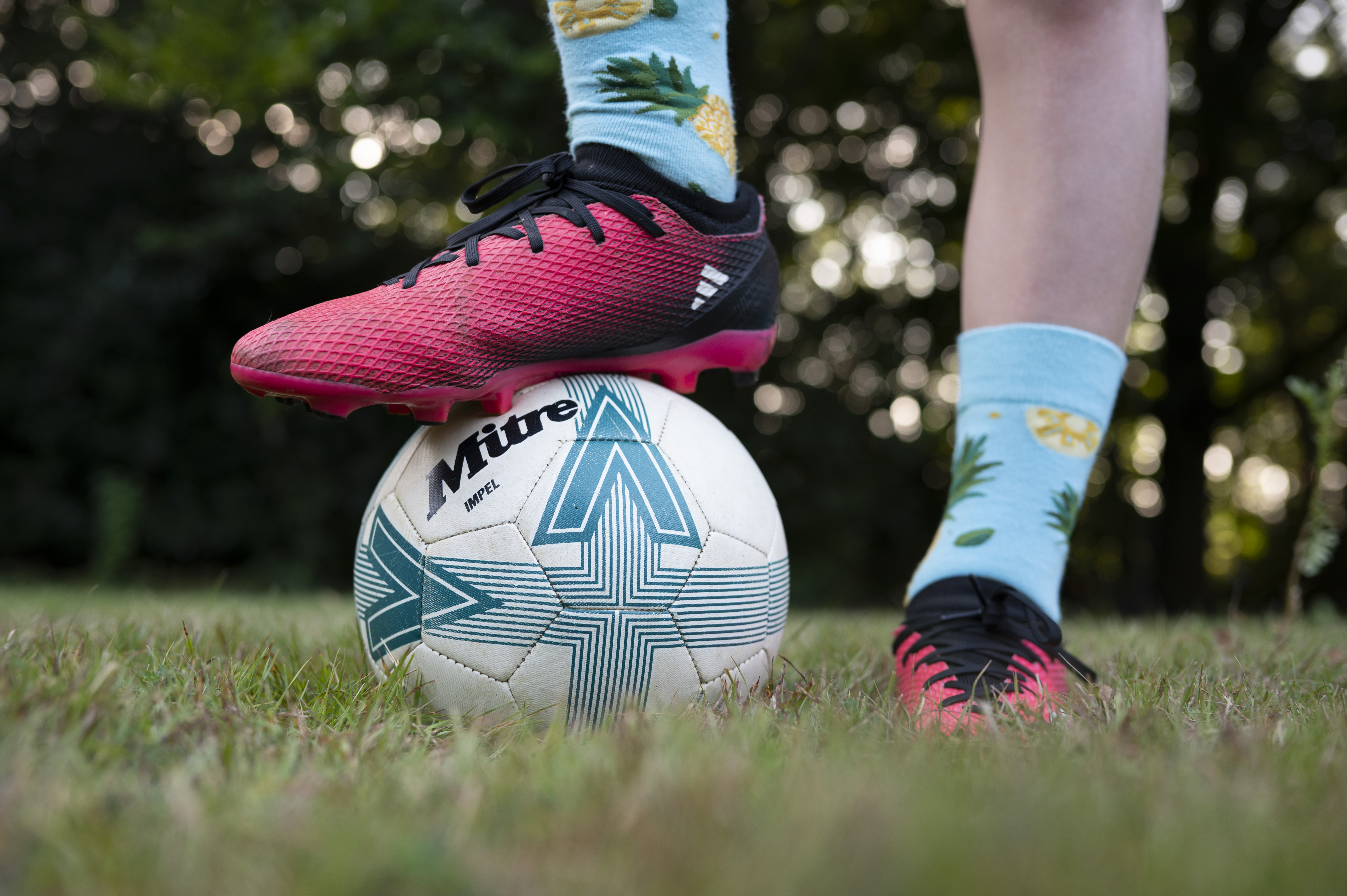
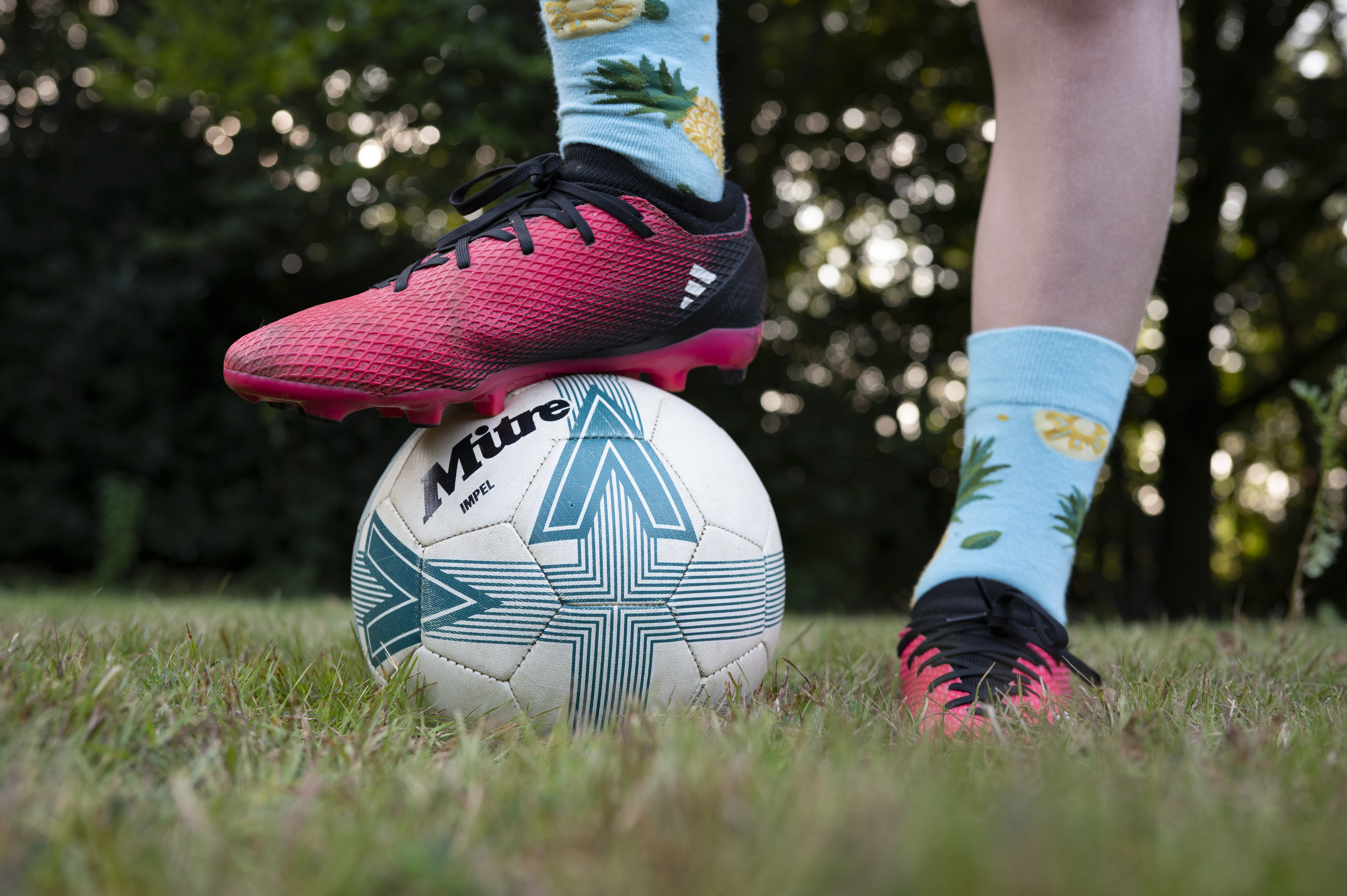
Bokeh, however, is a mixed bag. If you're particularly close to your subject and shooting wide open at f/1.4, you can get circular bokeh 'balls' in out-of-focus light sources, such as dappled light through tree leaves. There are only moderate signs of cat's-eye bokeh in the corners – I've found the effect much more severe in pricier lenses. (I don't mind the cat's-eye shape, but some people get very picky about it.)
The big strike for me regarding bokeh is the fringing you get around those bokeh balls. Instead of the buttery-smooth edges like I was getting with my 10-year-old Sigma, edges are harsher, with green and magenta fringing. It's only obvious when you're looking really closely, but it is there (see the close-ups of a portrait, below).
That being said, I did turn off all in-camera lens corrections for this test (something I always do), and there are aforementioned distortions that would be somewhat improved by activating those corrections.
Also, I don't use a 35mm f/1.4 lens primarily for its bokeh quality. I use it for telling stories in scenarios with both good light and bad, for which the maximum f/1.4 aperture is a godsend. I regularly make use of the maximum aperture, and would absolutely pay the premium over cheaper f/1.8, f/2, f/2.8 alternatives to get a f/1.4 lens.
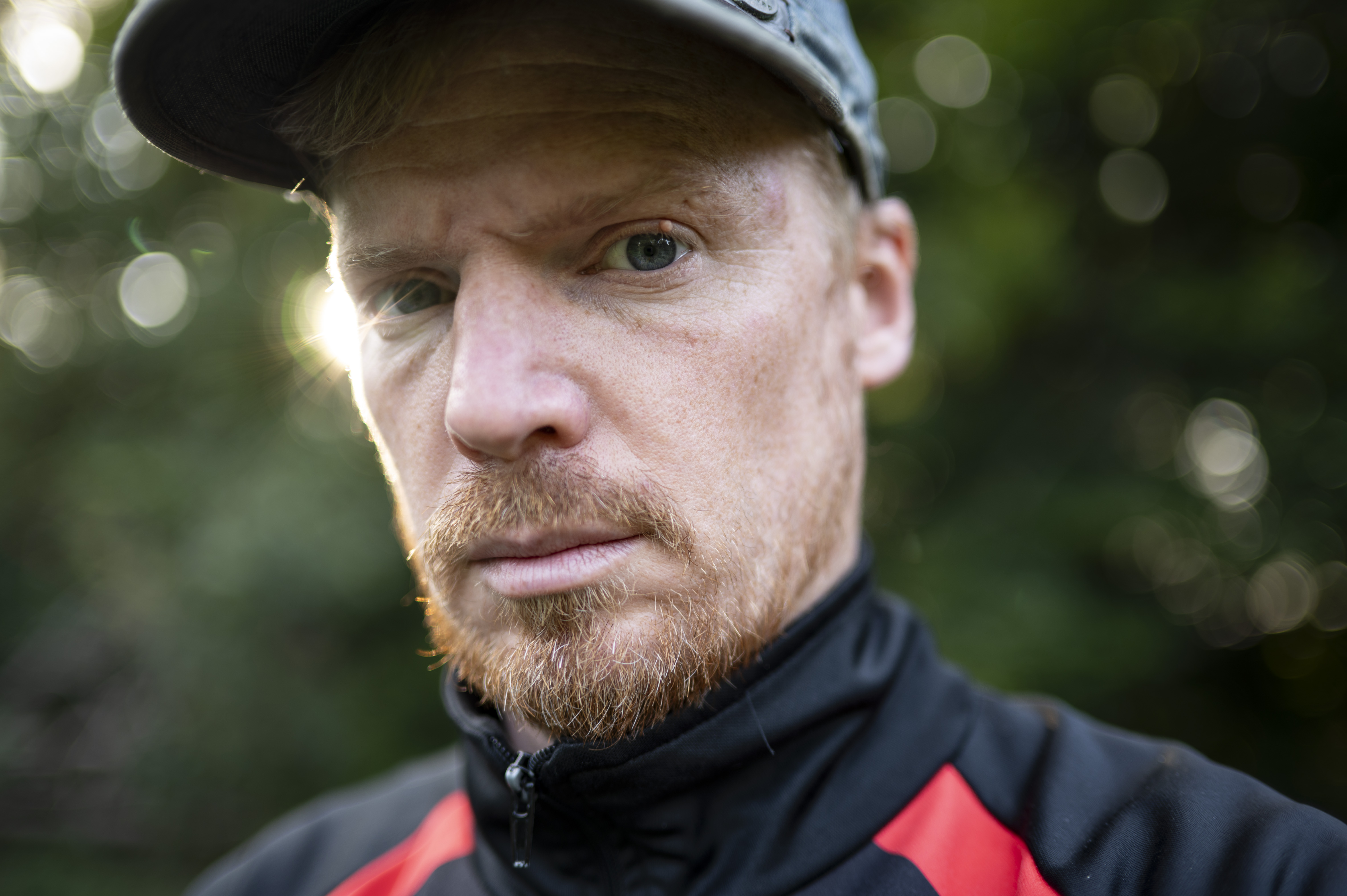
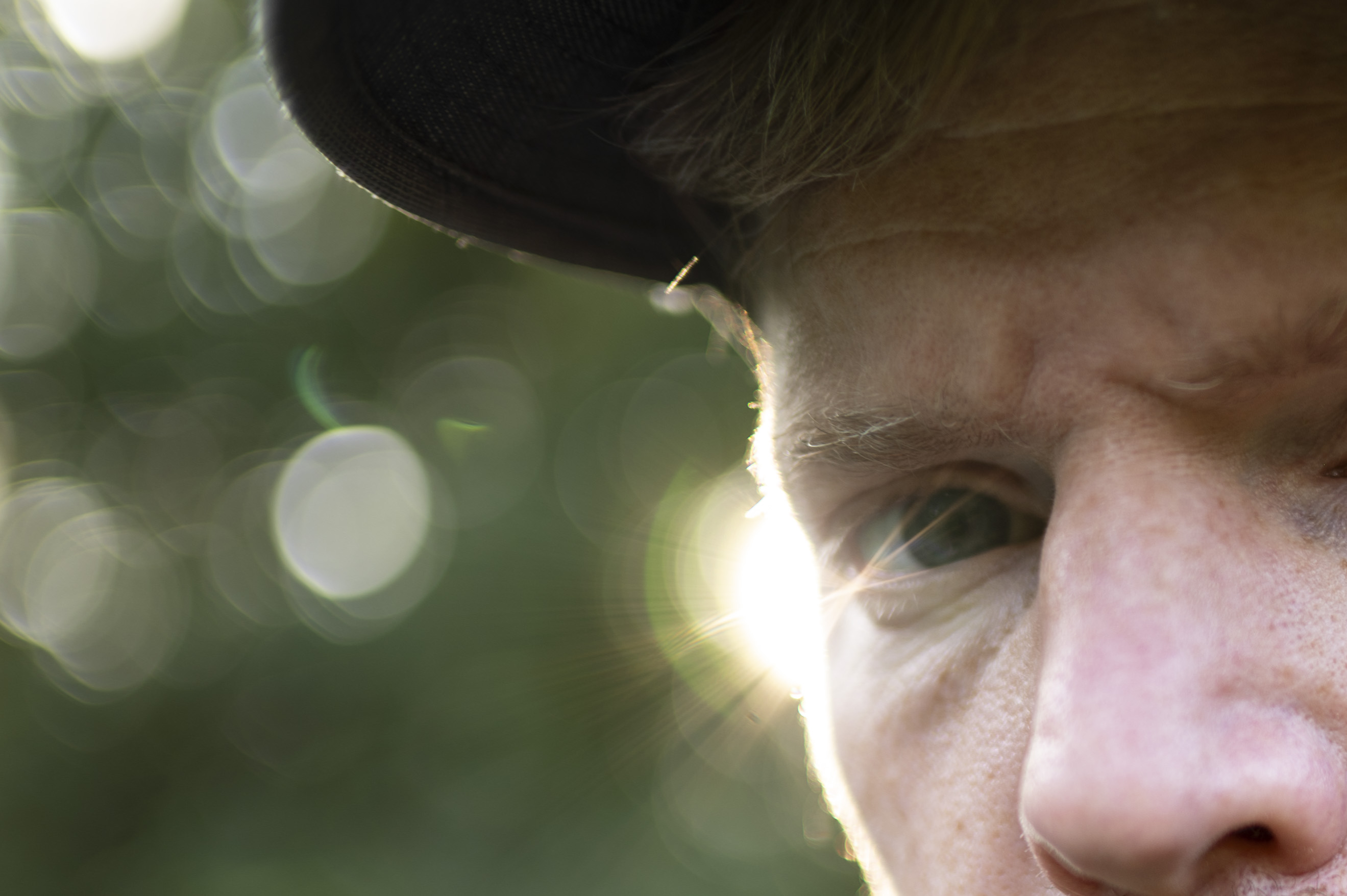
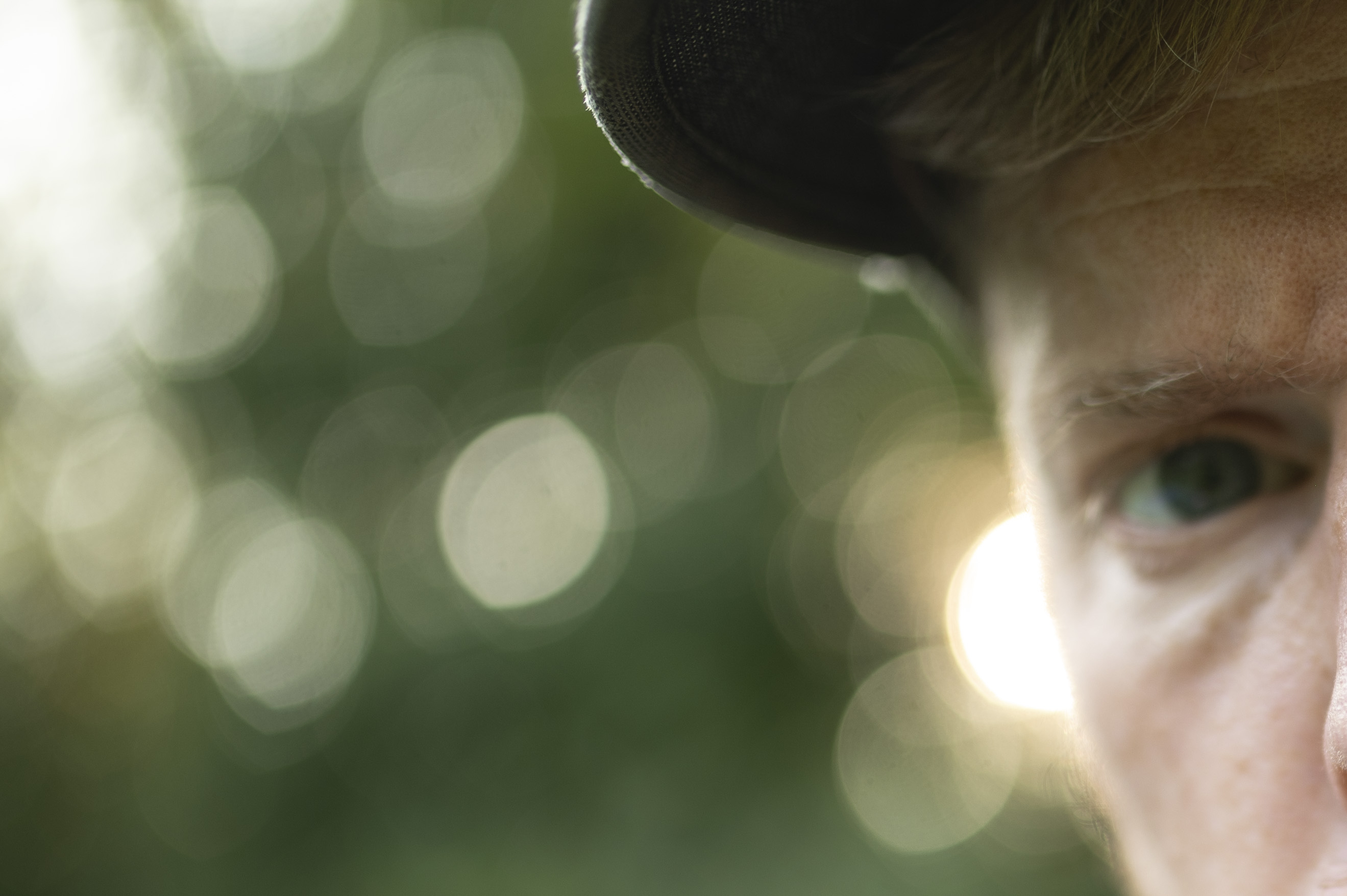
Nikon Z 35mm f/1.4: sample images
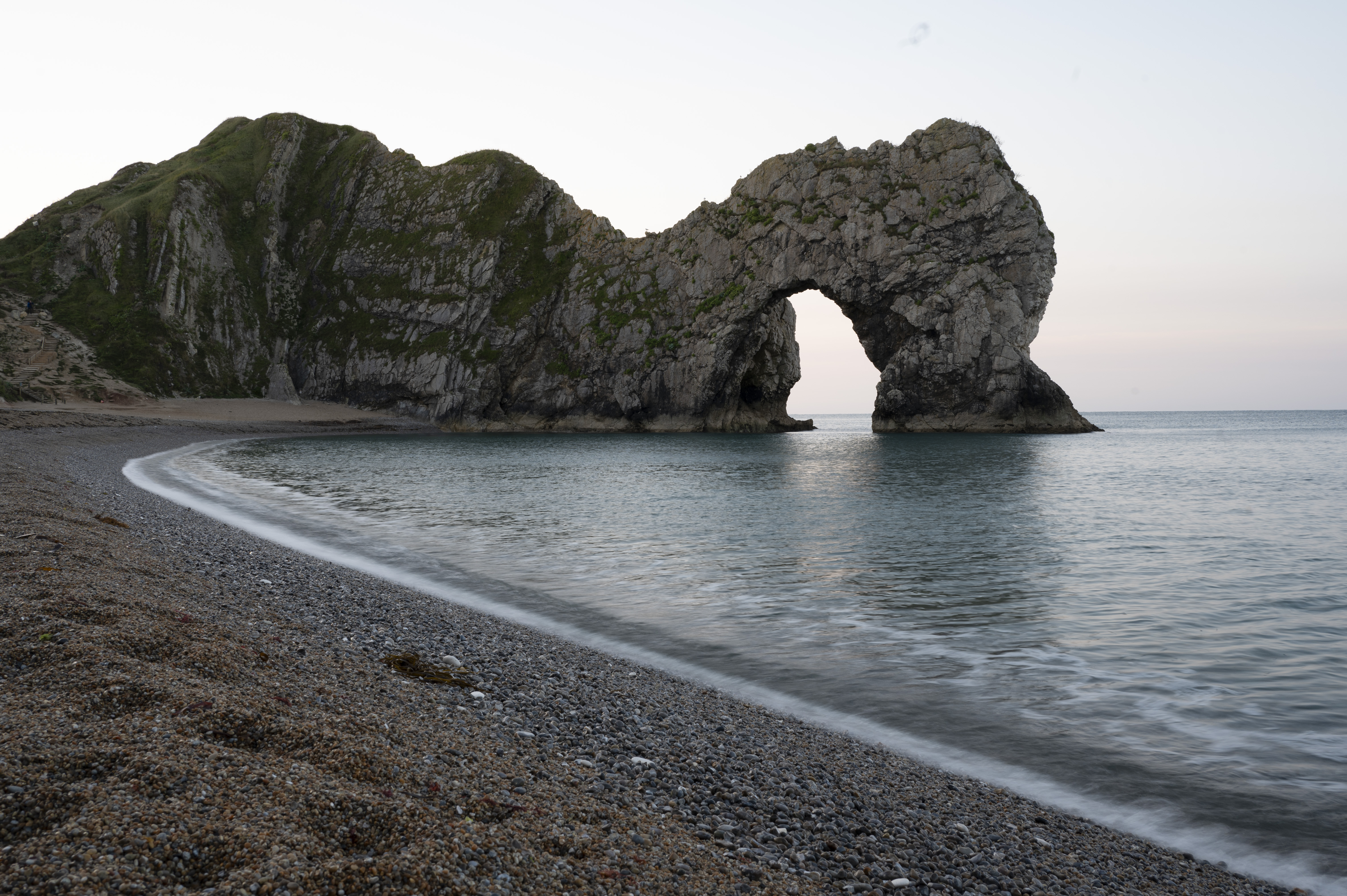
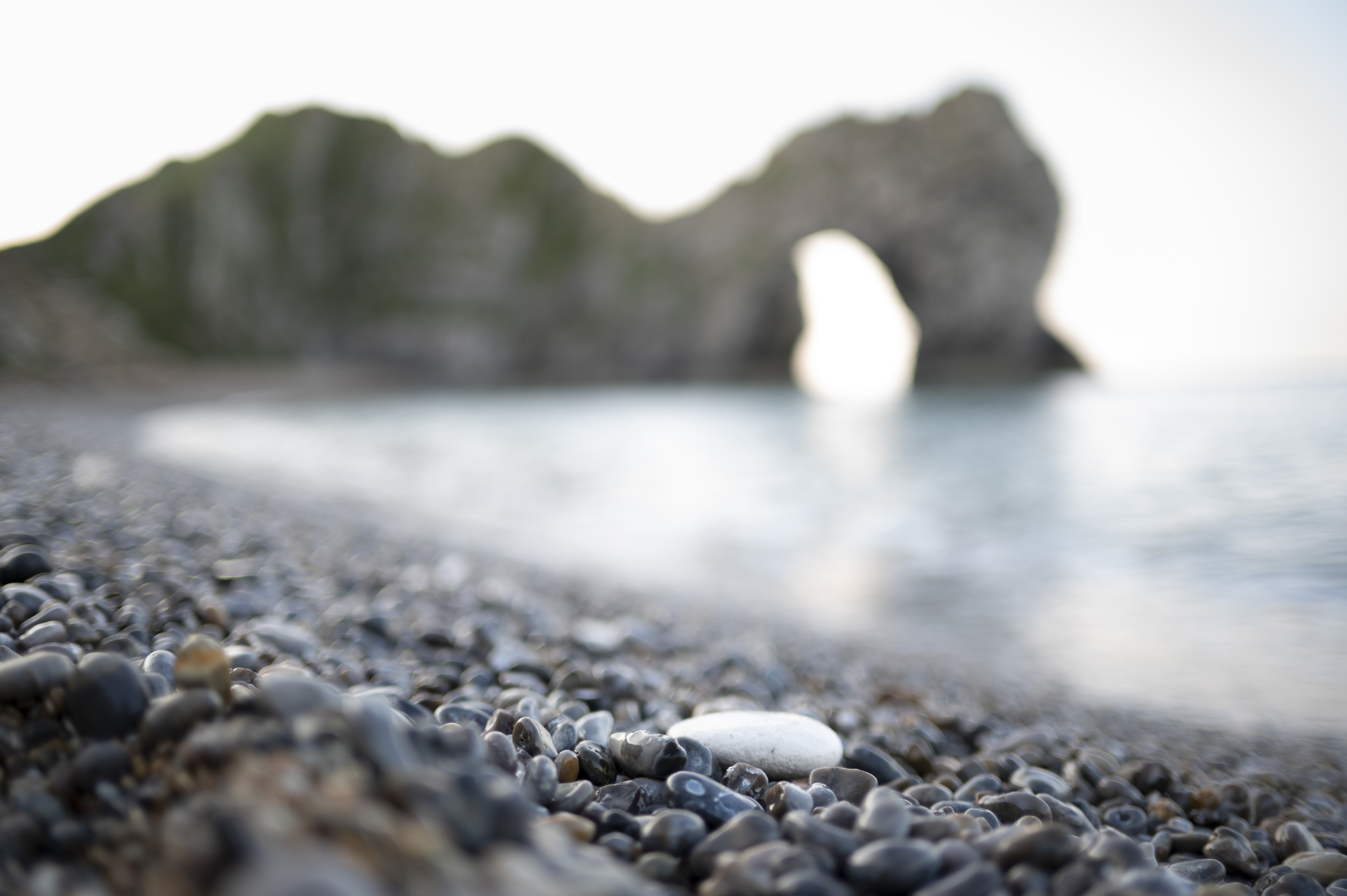
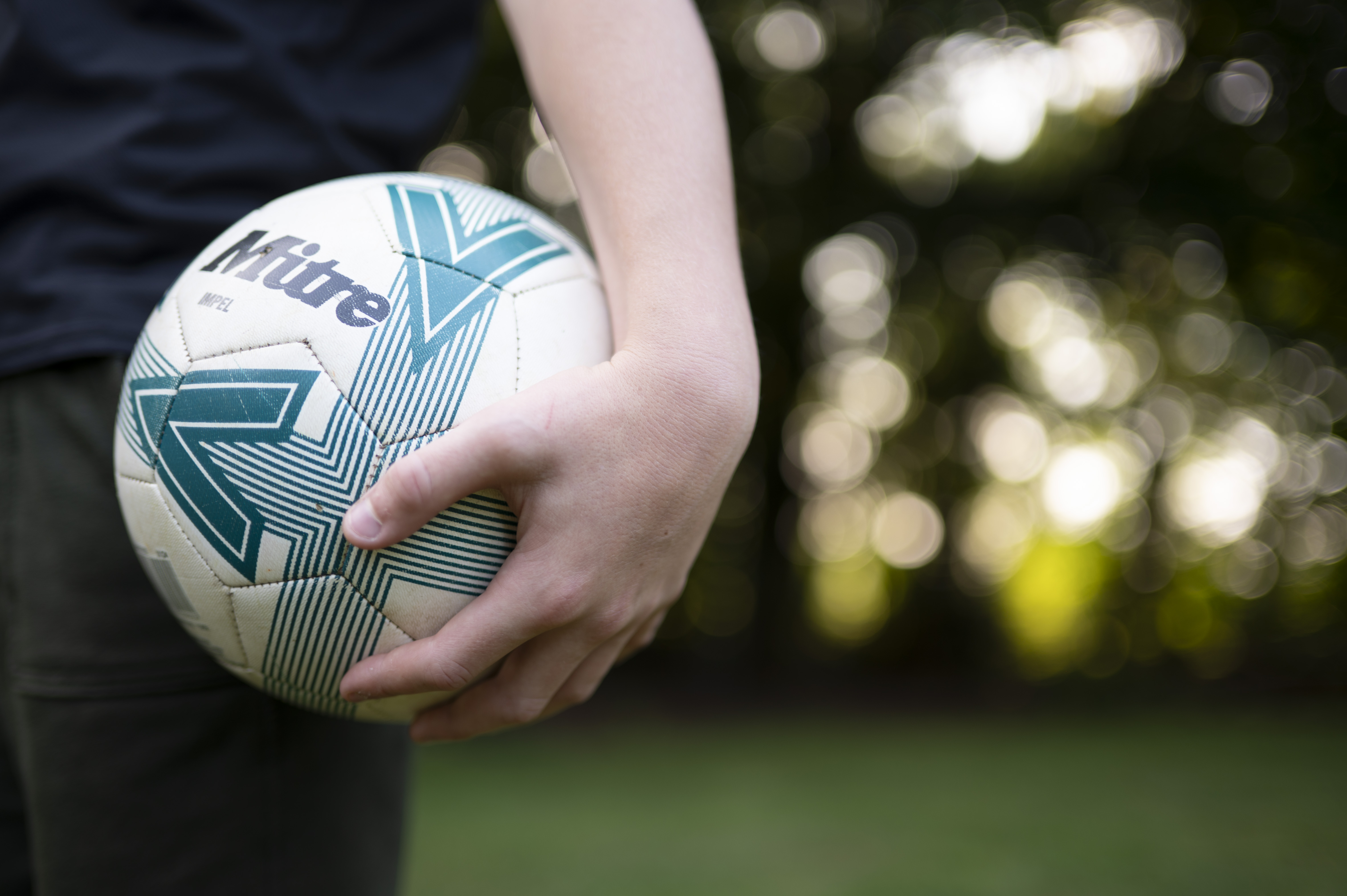
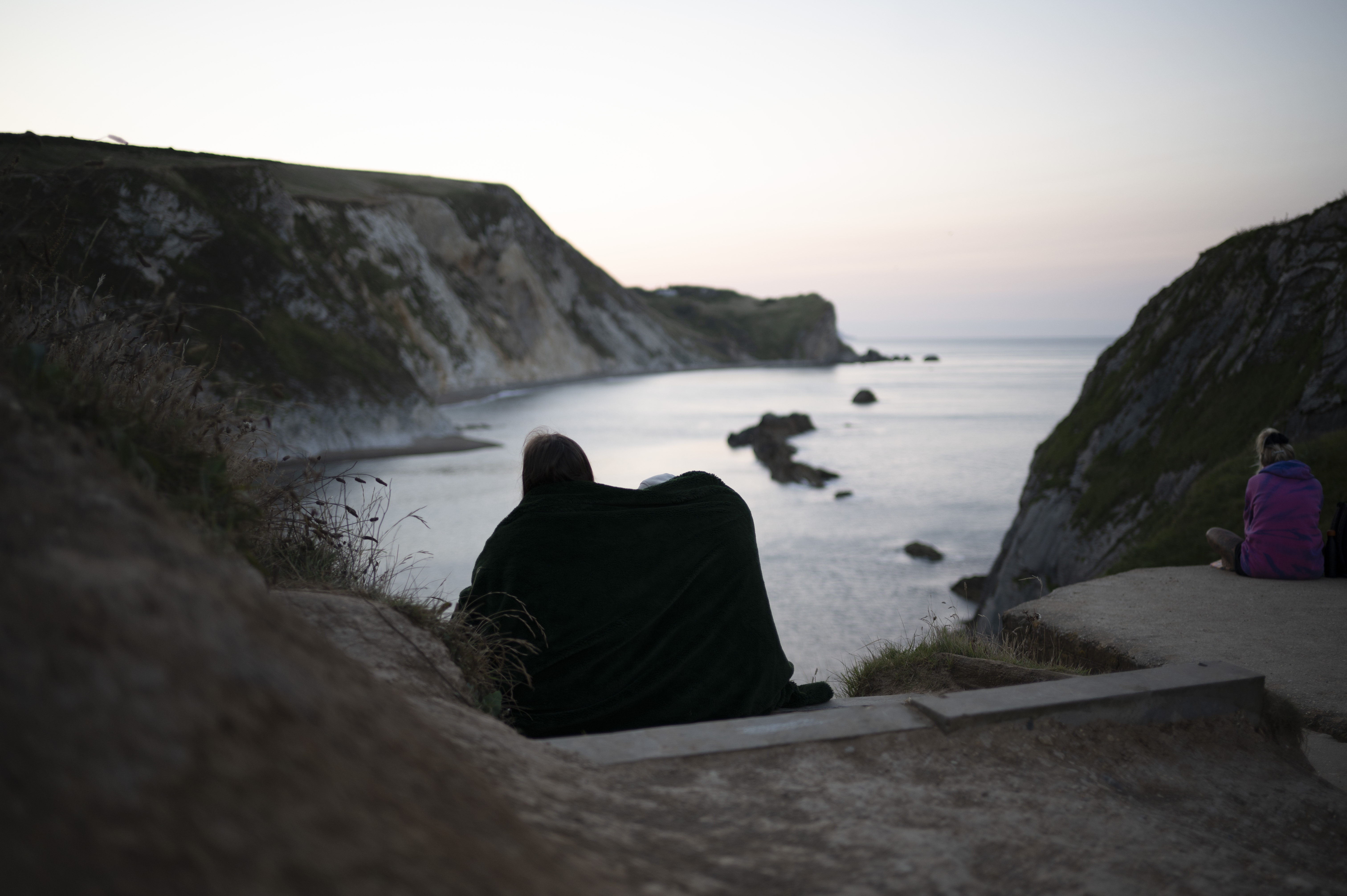



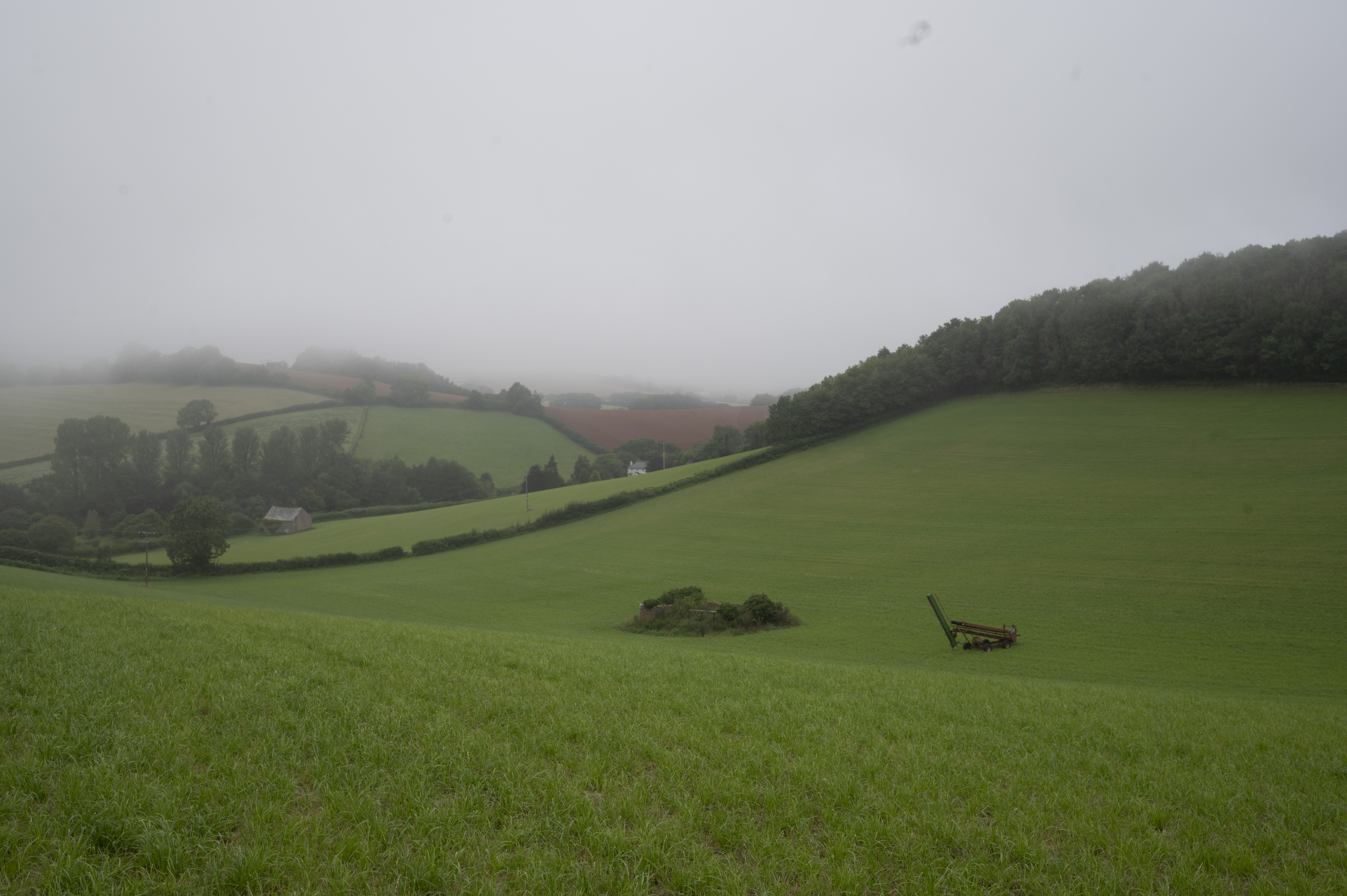
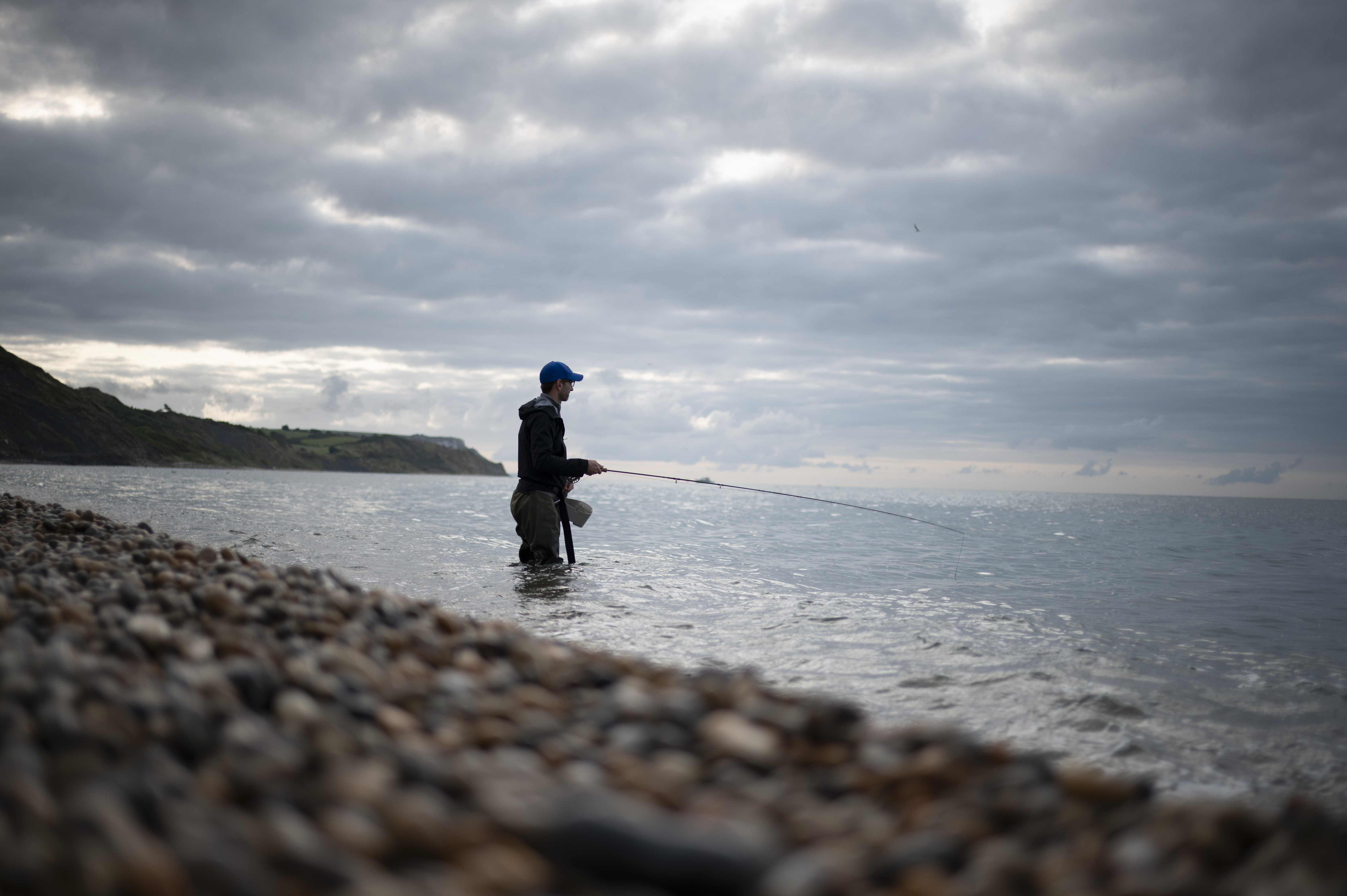
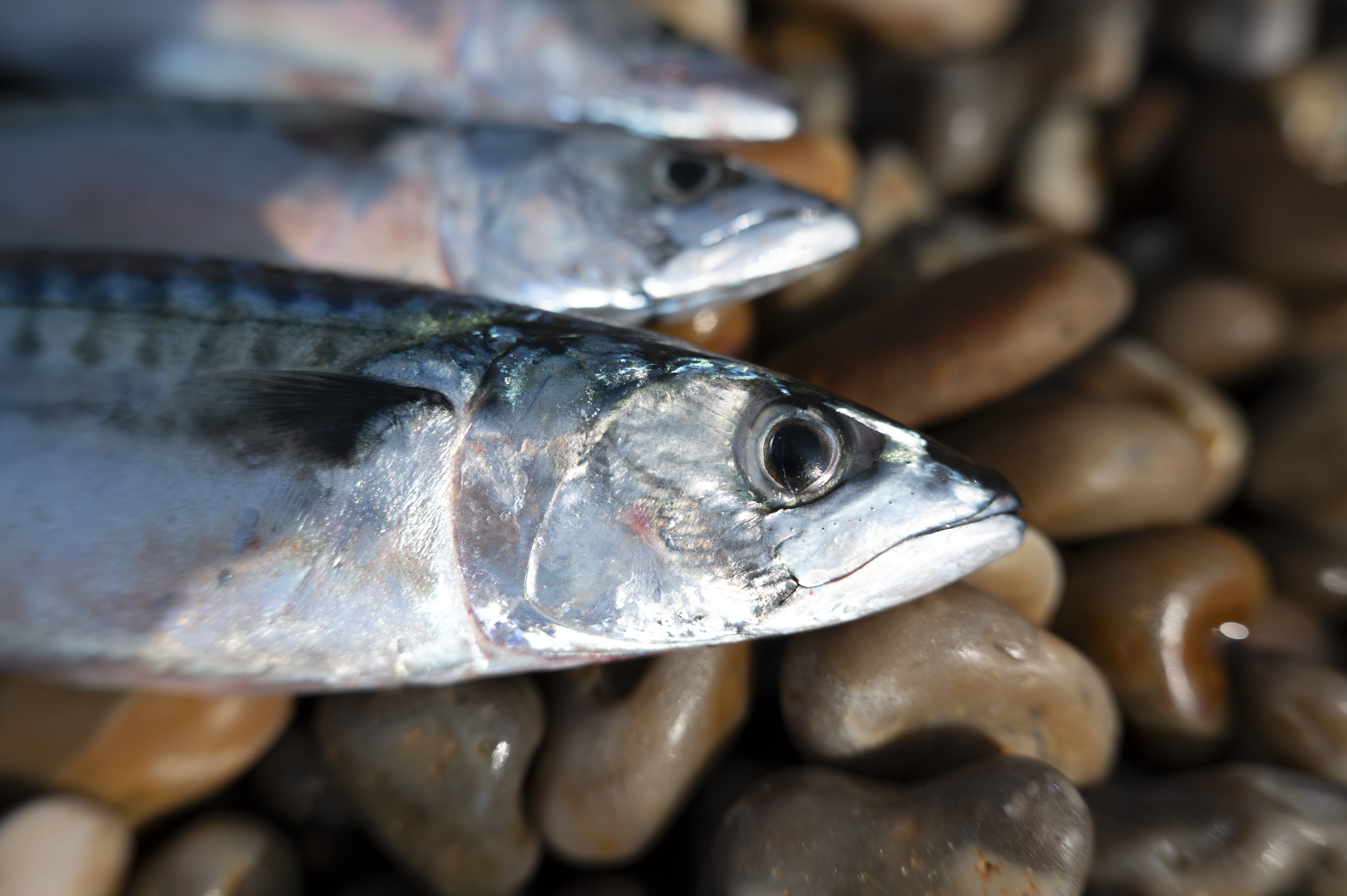
Should you buy the Nikon Z 35mm f/1.4?
Buy it if...
Don't buy it if...
How I tested the Nikon Z 35mm f/1.4
- Regular use over the course of several weeks
- Paired with the Nikon Z6 II
- Like-for-like tests with the Sigma 35mm F1.4 DG Art
Nikon loaned me the Z 35mm f/1.4 for a few weeks, during which time I documented everyday life and took it on an extended summer vacation. I used it in both fair and inclement weather (though I felt I needed to protect it somewhat during downpours given it's not officially weather sealed), and both in bright light and during the 'blue hour'.
The Z 35mm f/1.4 was been attached to my Nikon Z6 II, which is a 24MP full-frame mirrorless camera. I've not used the lens with a higher-resolution camera like the 45MP Nikon Z8, and I therefore can't comment on whether it's able to resolve detail from such cameras.
I've made several series of the same images, working down the aperture range at full stops to compare how image quality stacks up at the various settings. I also took the chance to compare the lens with my 10-year-old Sigma 35mm F1.4 Art, taking like-for-like shots.
All in-camera lens corrections were turned off throughout my testing.
- First reviewed August 2024
0 comments:
Post a Comment